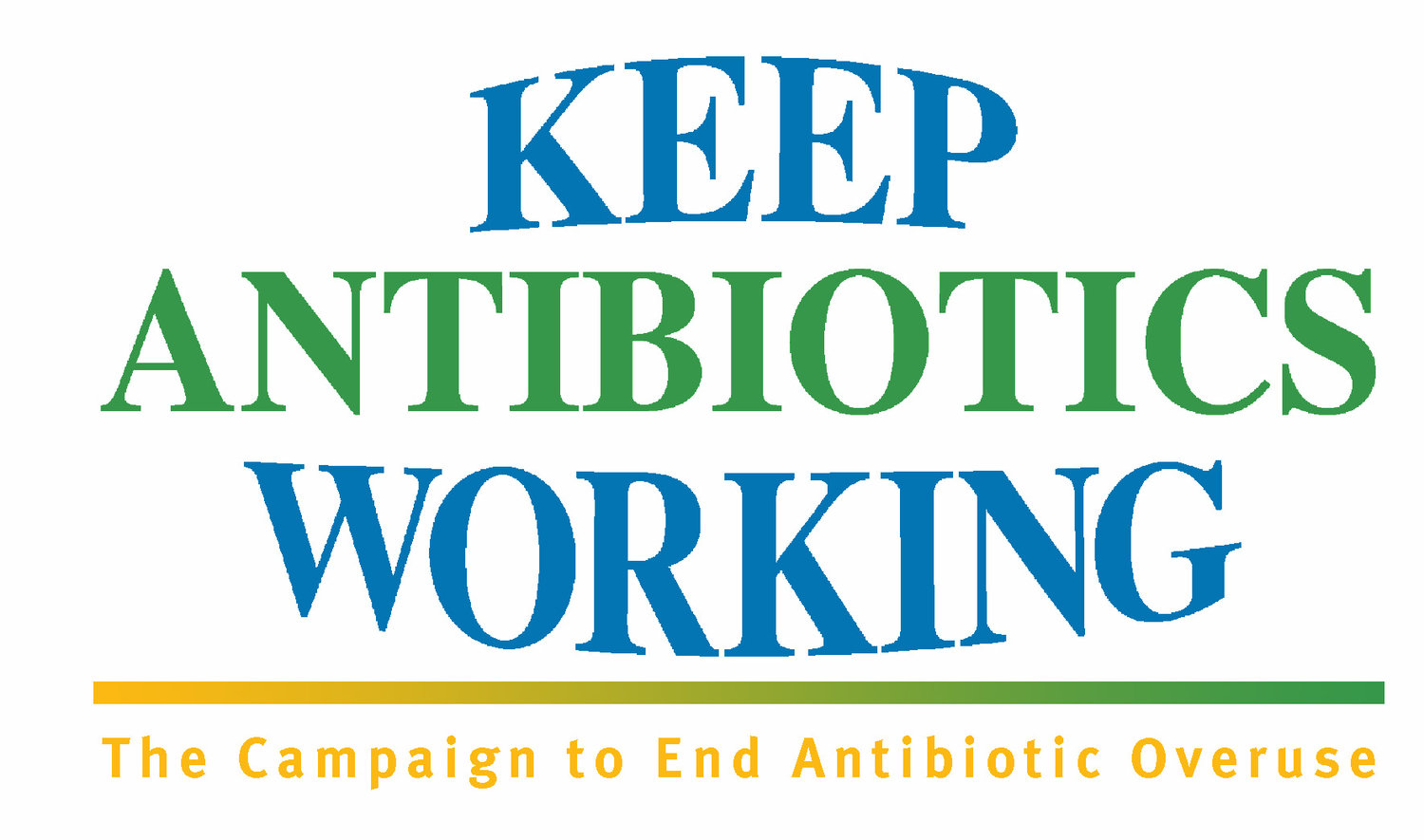Towards an Evidence-Based Antibiotics Policy
Data collection on antibiotic usage vital to shaping federal policy
Thomas Gremillion, Director, Food Policy Institute at Consumer Federation of America
Since January of 2017, FDA’s Guidance 213 no longer allows medically important antibiotics to be used for growth promotion purposes, but how much of an impact has that policy had? What about other efforts to promote more judicious antibiotic use in animal agriculture? Where are farmers and ranchers making the most progress in reducing antibiotic use? What types of animal antibiotic use carry the highest risk of contributing to resistant infections in humans?
Unfortunately, neither FDA nor anyone else can answer these questions with much certainty. That’s because the federal government does not systematically collect on-farm antibiotic use data. Rather, FDA collects sales data from drug manufacturers. These sales data give only a rough indication of the aggregate level of antibiotic drugs being sold for use in agriculture. Indeed, some observers have gone so far as to question whether changes in animal antibiotic sales actually reflect use on-farm, theorizing that “companion animals”—cats, dogs, horses, cockatoos, etc.—may account for the sales trends. They don’t. FDA points out on its website that vets treat pets with few of the antibiotics authorized for food animals, and none in comparatively significant quantities. Still, the fact that the agency needs to make that clarification is telling.
Recently, FDA began requiring drug manufacturers to estimate and report what kinds of animals are using the drugs they sell. FDA’s latest annual report of animal antibiotic sales includes estimates of species-specific sales for “major food-producing species,” i.e., cows, pigs, chicken and turkey. This is an improvement. It allows for some important comparisons between the various meat and poultry production sectors’ stewardship of antibiotics. But the reliance on sales data still leaves a lot to be desired. For example, drug manufacturers may use different methodologies to derive their estimates, and they have no obligation to share with FDA the underlying data that supports the estimates.
More broadly, drug companies’ sales data gives us very little information about why an animal used antibiotics, under what conditions it used them, for how long it used them, or in what part of the country it might have used them. This makes the sales data poorly suited to shed light, for example, on whether new “preventive” uses of drugs may be acting as a surrogate for “growth promotion.” Nor does the data offer much help in evaluating compliance with recommended duration limits on drugs. And to the extent that certain uses of certain drugs in certain places may be associated with antibiotic resistant infections in humans that live in and around those places, the sales data does not give us much to go on.
What kind of data would help answer these questions? Quantitative, comprehensive, ongoing, unbiased data on how food animals are using antibiotics. In other words, data on the actual amounts of antibiotics used by animals, coupled with information on relevant factors like the duration of use, the species and production class of animals receiving the antibiotic, the number of animals receiving the antibiotic, the indication, and the dose. This data should be collected at regular intervals that facilitate trend analyses and meaningful comparisons with resistance data collected under the National Antimicrobial Resistance Monitoring System (NARMS). And it should not depend on the voluntary participation of producers, which inserts bias into the data.
Quantitative, comprehensive, ongoing, unbiased data on how food animals are using antibiotics would help FDA figure out whether Guidance 213 is having its intended effect. It would also help the agency to identify low-hanging fruit for continuing to improve stewardship, and to connect the dots between use and resistance. So why is the agency relying on sales data instead?
The answer is not that better data would be too expensive or cumbersome to obtain. FDA already requires veterinarians and medicated feed distributors to keep records on animal antibiotic use. The agency even collects some “veterinary feed directives” (VFDs) and reviews them to ensure that vets are following the rules. With a relatively small investment, FDA could begin sampling VFDs to see what types of antibiotics vets are prescribing. It could similarly collect samples of feed distribution reports, which federal regulations already require feed distributors to maintain. These reports offer more reliable information about the actual amounts of antibiotics used, since a VFD, like a prescription, may not necessarily be filled. Feed distribution reports could also provide information about the purposes for an antibiotic’s use, and the species and production classes receiving the drugs in the feed.
Sampling VFDs and feed distribution reports would not have to mean that FDA stops supporting voluntary data collection initiatives, or collecting sales data from drug manufacturers. Rather, it would allow the agency to compliment other data sources, and to tailor its regulations to best avoid antibiotic uses that contribute to resistance. That is a goal that should have support from industry and public health advocates alike.

